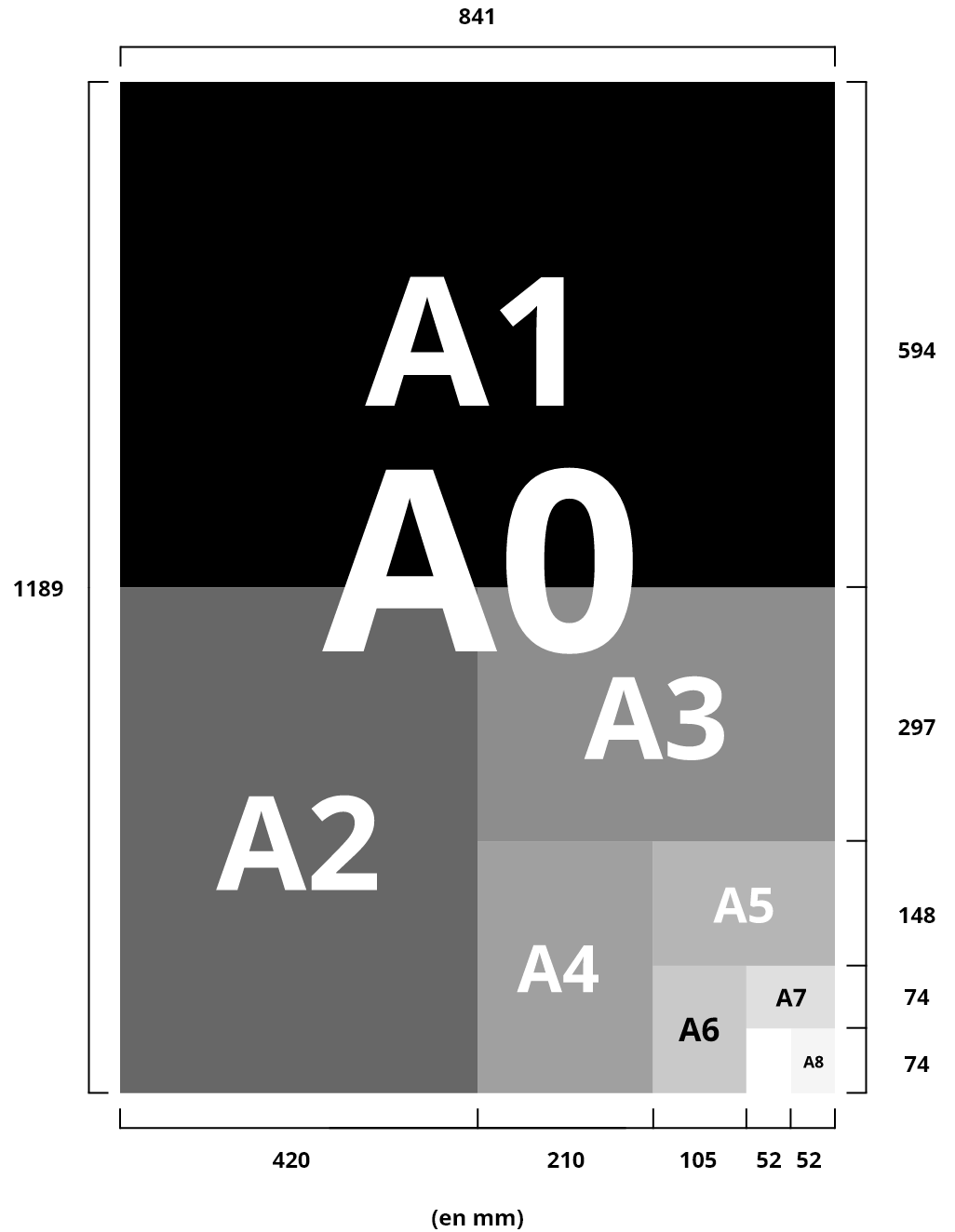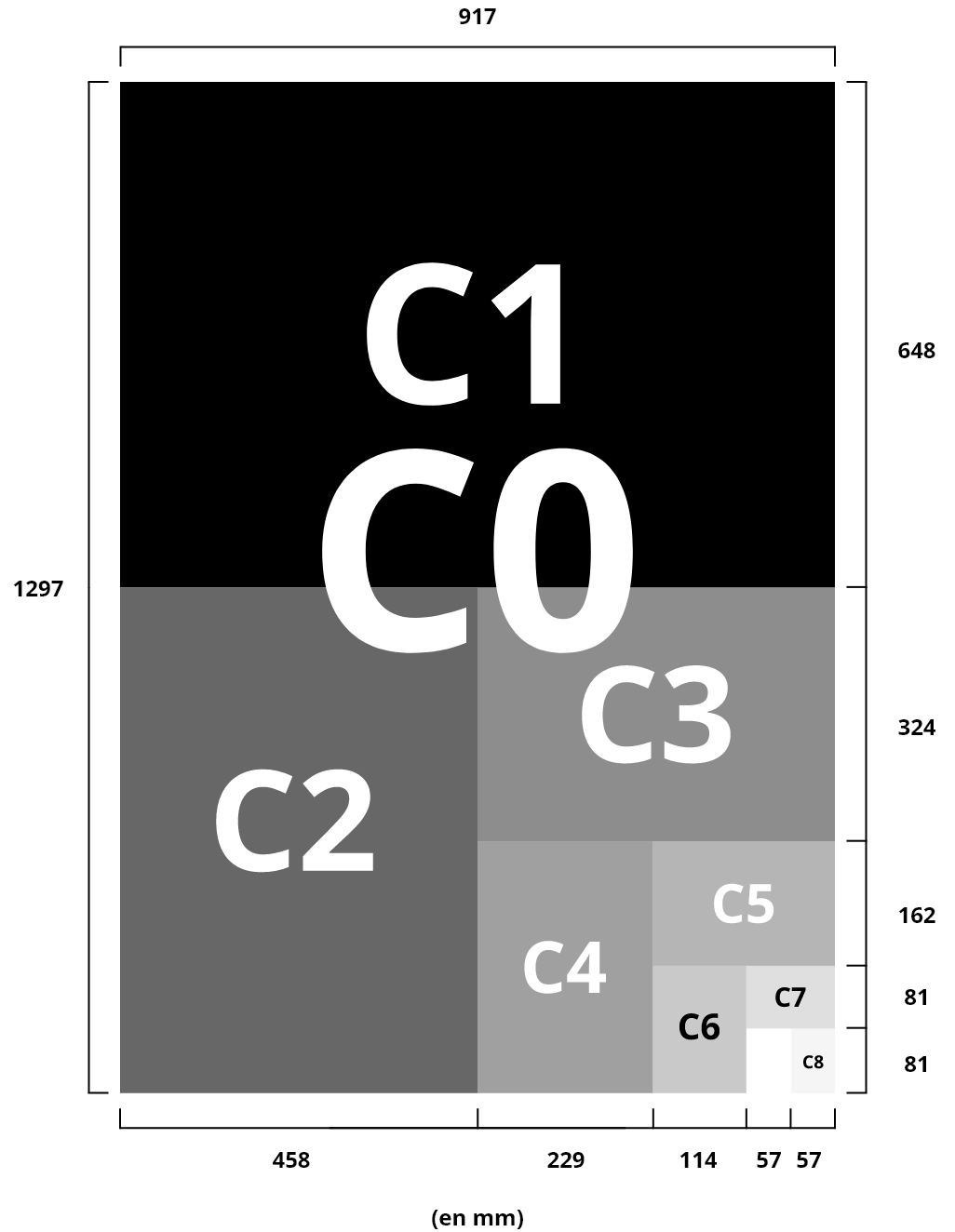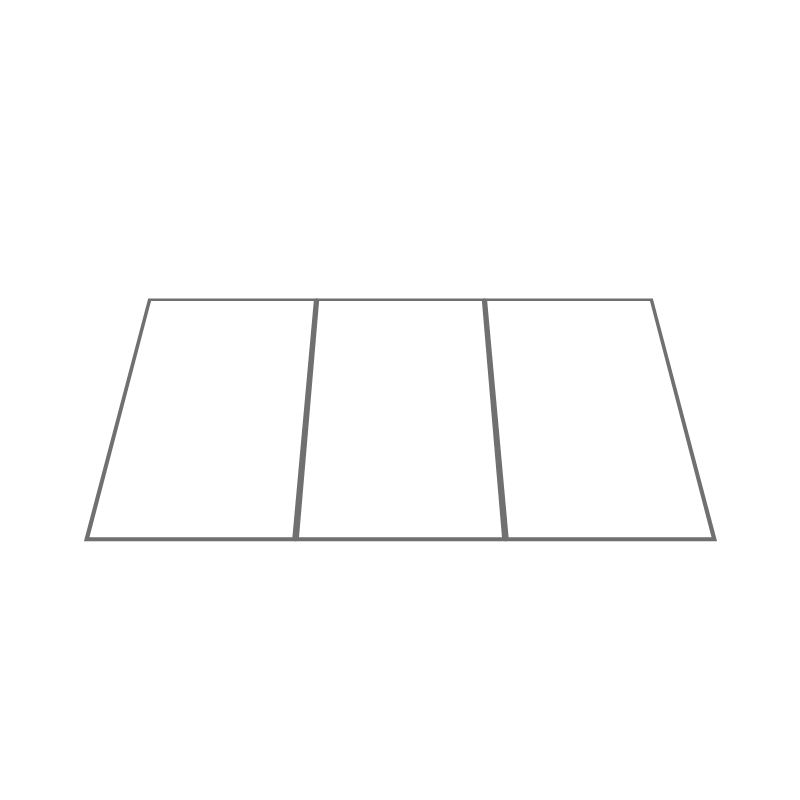Services
Classical binders
Binding consists in assembling several sheets or several booklets. This allows a solidity and a durable use of your document, bringing it an added value.
At Drifosett Printing S.A., we apply many binding techniques in our workshop:
2-point metal binding or saddle stitching
- Staple binding is the classic binding most often intended for magazine, brochure, newsletter or flyer type works. It is the most requested binding for its convenience and strength.
- Our machinery is equipped with several stapling lines that allow us to insert and then stitch your document with two metal staples. For a touch of originality opt for copper, gold or even tubed staples in red, white or black.
- Stitching is perfect for optimized budgets, since it is an economical binding, or for large print runs because it is a discreet and extremely durable binding. It is recommended for documents with low pagination (less than 100 pages).
- The sheets are folded and bound at the spine with staples from the outside in.
- We also offer the possibility of making Omega Ω staples for easy insertion of your brochures into a binder
The glued square back
- For larger paginations, Drifosett Printing S.A. can offer you a glued square back binding.
- This type of binding can then have several apparent finishes:
- cartooned with a soft or hard cover,
- Leather back,
- Canvas back,
- etc,
The glued square back/linen thread sewn
- Sewn binding (glued square back, linen thread sewn) is the strongest binding available for paper books. This means your book can be read many times without the pages coming loose.
- It is to assemble the quires of your book and then to Greek the back of the document (notch the edge to accommodate binding threads) to come and then apply a glue that will fix the cover with the interior.
- Here also, this type of binding can then have several apparent finishes :
- cartooned with a soft or hard cover,
- Leather back,
- Canvas back,
- etc,
Wire-O binding
Wire-O binding involves punching the pages on one side and then binding them with a spiral iron. The binding can be done on the top side or the left (western) side, depending on the type of book desired.You are therefore free to choose a portrait or landscape layout, adopting a standardized size or favoring a more personalized format.
Your books, notebooks and assembled notebooks can be customized with Wire-O spirals available in different colors, whether for documents with hardcover or softcover.
If needed, this Wire-O binding can even be discreet and not be visible, after assembling a cover covering the spirals in the closed position.
This formula is interesting for small series, very resistant and easy to implement at Drifosett printing S.A.-






